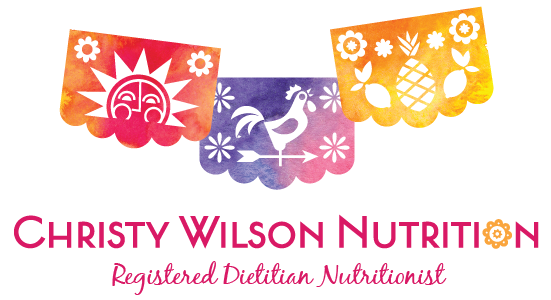I was first introduced to Pichuberries at my local farmer's market about four years ago. My kids and I came upon this small, round, bright yellow tomato-sh looking fruit and were encouraged to sample this "berry from Peru." We immediately loved the combination of sweet and tart flavors--especially my daughter who practically finished the entire plate of pichuberry samples! After speaking with the vendor and learning some amazing health benefits of this powerful little berry, I knew this was a food that we'd not only begin eating at home, I was going to start telling my clients about it.
Fast forward a few years to a visit with my colleague and friend, Registered Dietitian Nutritionist (RDN) colleague, Manuel Villacorta. He was on a media tour promoting Pichuberries and answered all my nerdy nutrition questions (addressed below) like, why are they considered to have anti-diabetic qualities? Do they really contain vitamin D? He knew everything about Pichuberries and even dedicated a section of pichu recipes in his bestselling book Peruvian Power Foods!
A few fun and interesting facts about Pichuberries:
- In Peru, Pichuberries have been cultivated for centuries! They're known as aguaymanto or Inca berry and are closely related to the tomatillo.
- A distinctive feature of the Pichuberry is its outer papery casing (or calyx) that encloses and protects each individual berry. This cover allows the Pichuberry to have a shelf life of about 30-45 days at room temperature.
- They're one of the most abundant sources of vitamin C. A 3.5 ounce serving provides 18% of our recommended dietary allowance (RDA). Vitamin C is a powerful antioxidant effective in boosting immunity.
- A ¾ cup serving of Pichuberries provides 39% of our vitamin D requirement--unheard of for a fruit! Vitamin D is essential for strong bones and research suggests that vitamin D could play a role in the prevention and treatment of diabetes, hypertension and glucose intolerance.
- Its low glycemic index (25-28) coupled with a high concentration of vitamin C and carotenoids mean that it has anti-inflammatory and antioxidant properties.
Mix all the superfood qualities of Pichuberries together with nutrient rich mango and grapes and you've got a salad that is bursting with flavor, color and health benefits. This salad is super quick to make and is a delicious side dish or dessert after any meal.
Although Pichuberries aren't available in all states, they ARE available in Arizona at select Whole Foods Markets and Safeway stores. Enter your zip code here to find out where you can purchase them.
*During a trip to our local farmer's market, the local news station was filming a feature about Pichuberries! You can see my daughter eating them up in this KVOA news clip (she is the adorable little girl wearing the pink hairband!)!
Tropical Pichuberry Fruit Salad
Recipe by Christy Wilson
Serves: 8, 1/2 cup servings
Time: 10 minutes
Ingredients
- 1 cup pichuberries, halved
- 1 cup green grapes, halved
- 1/2 cup red grapes, halved
- 1 cup mango, cubed
- 1 1/2 teaspoons fresh lemon juice
Directions
- To prepare Pichuberries, remove papery husks from the berries and rinse well. Be sure to rub off the sticky layer from the berries and pat dry with a clean towel. Slice berries in half and place into a large bowl. Set aside.
- Wash and slice grapes, then add to bowl with Pichuberries.
- Add mango and lemon juice to the rest of the fruit. Gently mix ingredients together. Serve immediately
- Optional: Chill in the refrigerator for about 15 minutes then serve. Salad will keep in a sealed container in the refrigerator up to three days.
My first encounter with pichuberries at the St. Philip's Plaza weekend farmer's market.
These bright yellow berries are naturally protected by a thin papery husk or calyx.
Beautiful Pichuberries! Don't they look like bright marbles?
Colorful foods are rich in phytonutrients.
Enjoy!
CWN

